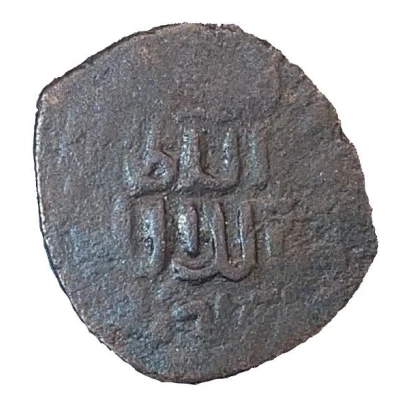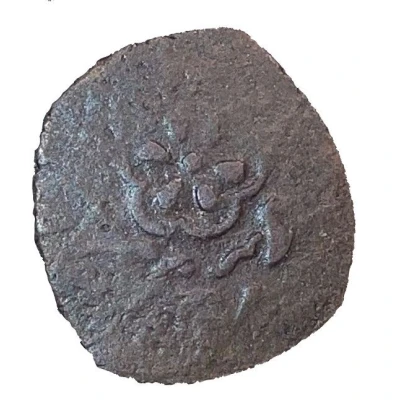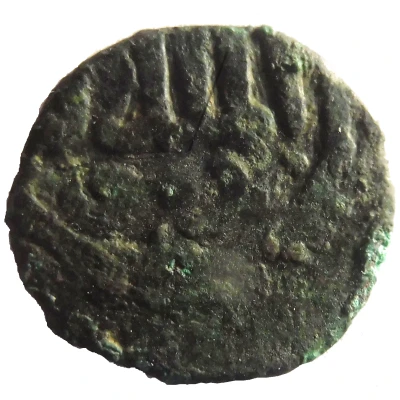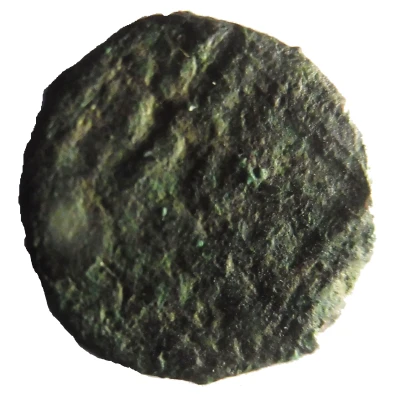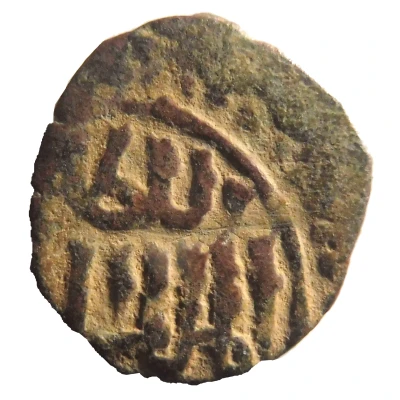
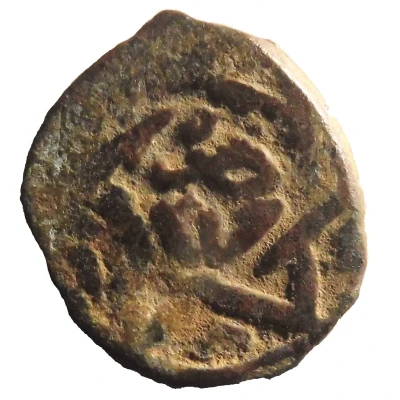

© Cycnos (CC BY-NC)
Fals - al-Nāṣir Muhammad I Halab
718 (1319) year| Copper | 2.23 g | 18 mm |
| Issuer | Mamluk Sultanate |
|---|---|
| Sultan | Muhammad I (1293-1294, 1299-1309, 1310-1341) |
| Type | Standard circulation coin |
| Year | 718 (1319) |
| Calendar | Islamic (Hijri) |
| Value | 1 Fals (1⁄60) |
| Currency | Dinar (1250-1517) |
| Composition | Copper |
| Weight | 2.23 g |
| Diameter | 18 mm |
| Shape | Round (irregular) |
| Technique | Hammered |
| Orientation | Medal alignment ↑↑ |
| Demonetized | Yes |
| Updated | 2024-10-05 |
| Numista | N#141794 |
|---|---|
| Rarity index | 97% |
Reverse
Kufic inscriptions presenting the name of the workshop in a hexagram formed by two intertwined triangles, spade heads, and inscribed in the same circle; a globule between each ray of this star, presence of a grenetis.
Script: Arabic
Comment
First reign (1293-1294)Second reign (1299-1309)
Third reign (1310-1341)
Interesting fact
One interesting fact about the Fals coin is that it was issued during the reign of Al-Nasir Muhammad I, who was the Sultan of the Mamluk Sultanate in Egypt and Syria from 1310 to 1341. This coin was minted in 1319, which was a significant year for the Sultanate as it marked the beginning of a period of political stability and economic growth. The coin's design features the name of the Sultan and the date of minting, and it was made of copper, which was a common material for coins at that time. Despite its small weight of 2.23 grams, this coin is a valuable piece of history for collectors and historians today.
